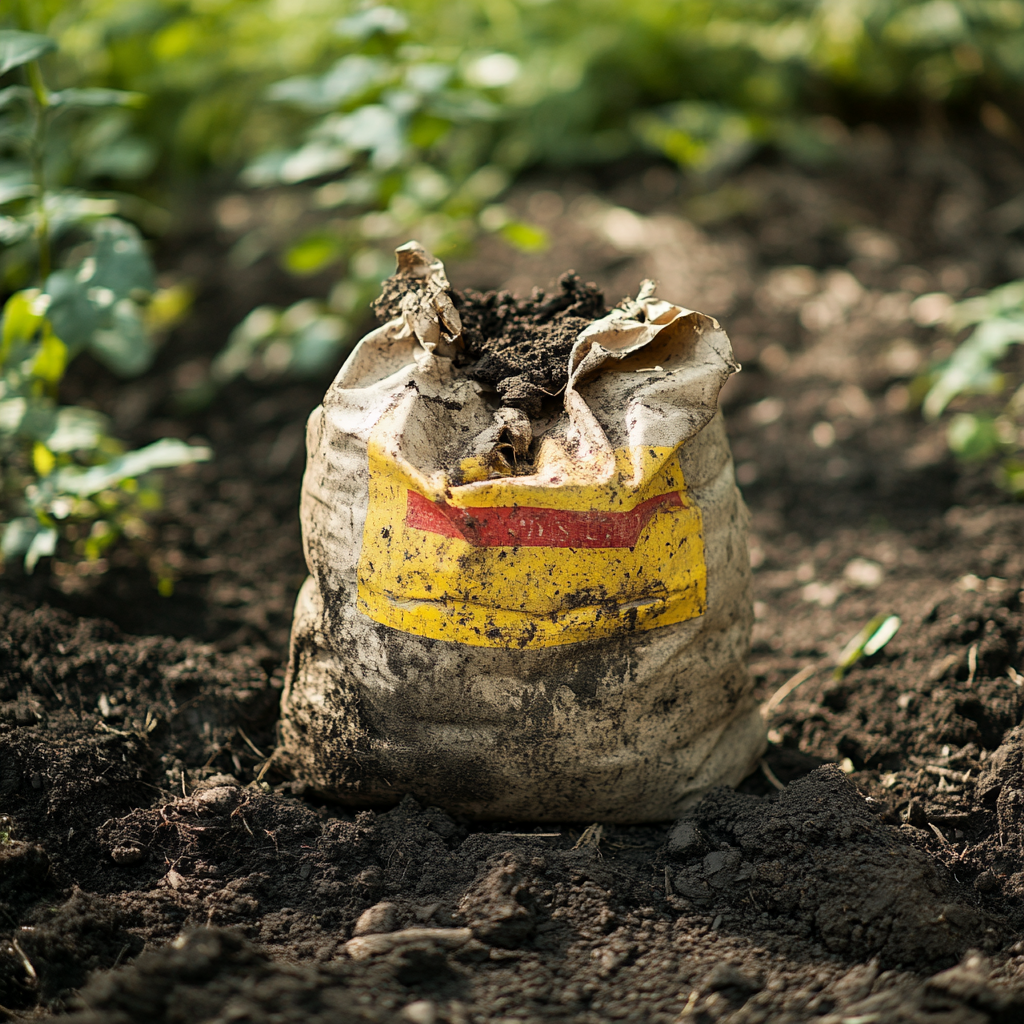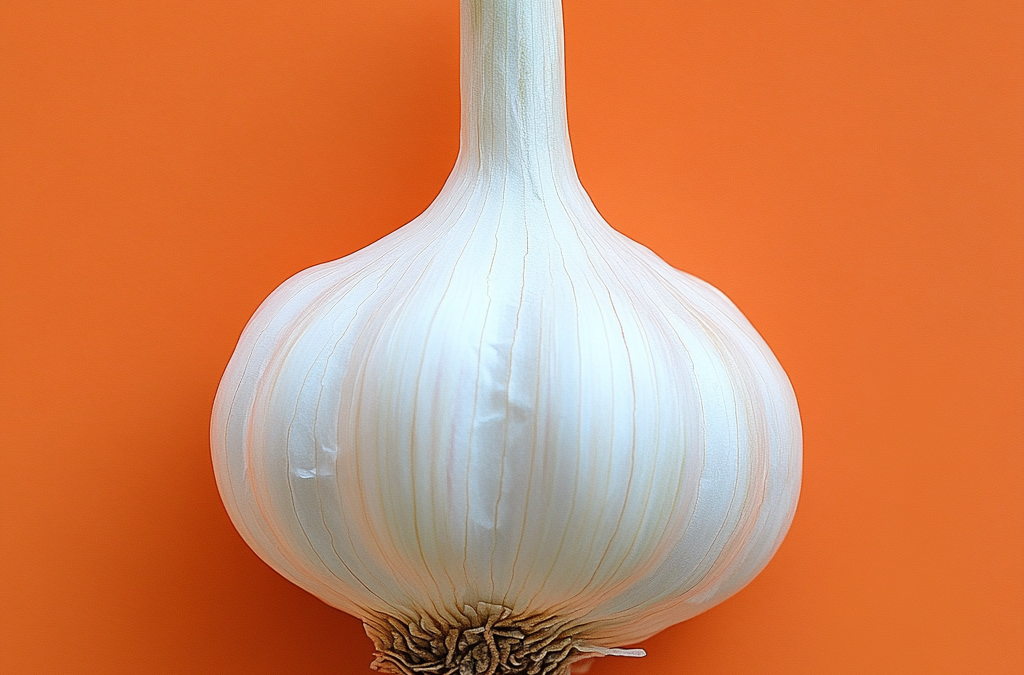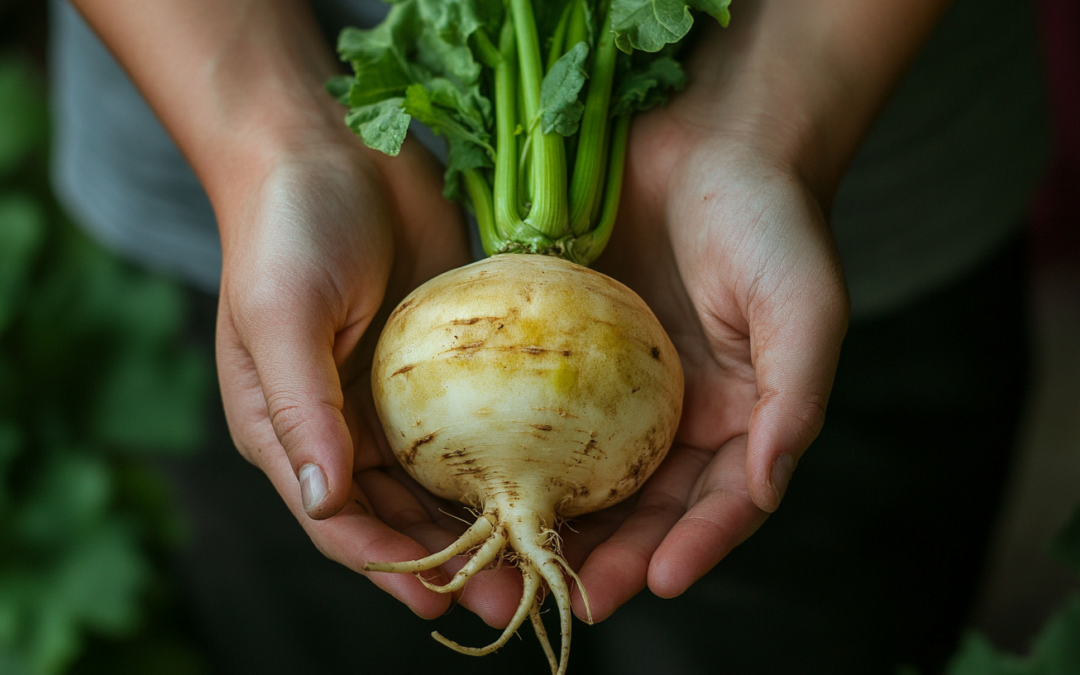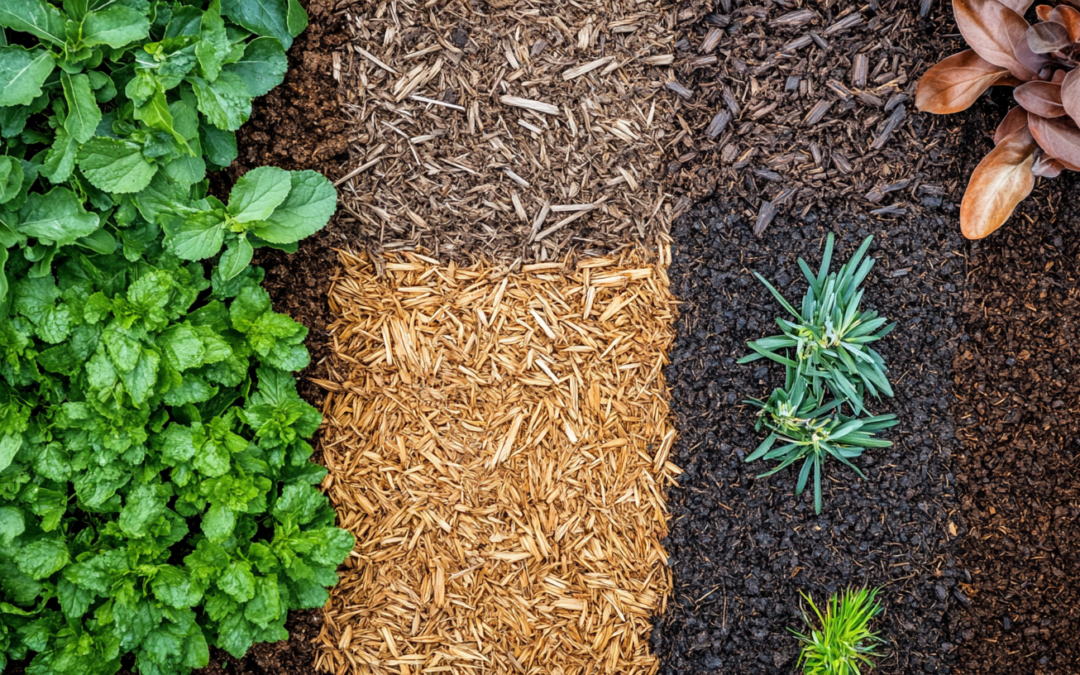Plants need nutrients to grow strong and healthy, but commercial fertilizers can be expensive and sometimes full of chemicals that may harm the environment. Luckily, you can make your own organic plant fertilizer at home using ingredients you likely already have. Here’s a simple guide to creating eco-friendly fertilizers that will keep your plants thriving.
Why Use Organic Fertilizer?
Organic fertilizers are made from natural materials and contain nutrients that plants need without harmful synthetic chemicals. They improve soil health, enhance microbial activity, and are safer for pets and children. By making your own, you’re also reducing your carbon footprint and saving money.
What You’ll Need:
- Compost – A rich source of nutrients that helps improve soil structure.
- Banana Peels – High in potassium, phosphorus, and calcium, which promote flowering and fruiting.
- Eggshells – A great source of calcium, which strengthens cell walls and prevents diseases.
- Coffee Grounds – Packed with nitrogen, which helps with leafy growth.
- Fish Tank Water – A nutrient-rich water source, especially high in nitrogen.
- Epsom Salt – Magnesium helps plants with photosynthesis and overall health.
- Molasses – Rich in iron, calcium, and magnesium, and it also encourages beneficial microbes in the soil.
DIY Organic Fertilizer Recipes
1. Banana Peel Fertilizer: Banana peels are rich in potassium and phosphorus, which are essential for blooming and fruiting plants. To make a banana peel fertilizer:
- Cut up 2-3 banana peels into small pieces.
- Place them in a jar and cover with water.
- Let the mixture sit for 2-3 days, then strain out the peels.
- Use the water to water your plants, giving them a potassium boost.
2. Eggshell Fertilizer: Eggshells are packed with calcium, which helps plants build strong cell walls. To make an eggshell fertilizer:
- Collect eggshells and crush them into small pieces.
- Sprinkle the crushed eggshells directly onto the soil or mix them into your compost.
- Alternatively, you can steep crushed eggshells in water for a few days to create a calcium-rich liquid fertilizer.
3. Coffee Ground Fertilizer: Used coffee grounds are rich in nitrogen, which helps plants grow lush and green. To make a coffee ground fertilizer:
- Collect used coffee grounds and let them dry.
- Sprinkle them around the base of your plants or mix them into the soil.
- You can also steep the grounds in water for 2-3 days and use the liquid to water your plants.
4. Fish Tank Water Fertilizer: If you have a fish tank, the water is an excellent, nutrient-rich fertilizer for your plants. The fish waste provides nitrogen, phosphorus, and potassium.
- Simply use the fish tank water to water your plants. The nutrients will nourish them, and your fish tank will be cleaner!
5. Epsom Salt Fertilizer: Epsom salt is rich in magnesium, which is important for photosynthesis. To make an Epsom salt fertilizer:
- Dissolve 1 tablespoon of Epsom salt in 1 gallon of water.
- Use this mixture to water your plants, especially those that need a magnesium boost, like tomatoes and peppers.
6. Molasses Fertilizer: Molasses encourages beneficial microbes in the soil, improving soil health and nutrient uptake. To make a molasses fertilizer:
- Mix 1 tablespoon of molasses in 1 gallon of water.
- Use this mixture to water your plants once a month for a microbial boost.
Tips for Using Homemade Fertilizers:
- Balance is Key: Plants need a variety of nutrients. Be sure to rotate between different homemade fertilizers to provide a balanced nutrient profile.
- Use Moderately: Too much of even a natural fertilizer can harm your plants. Start with small amounts and observe how your plants respond.
- Compost Often: The best organic fertilizer is compost. It’s easy to make and provides a slow, steady release of nutrients to your plants.
- Check pH Levels: Some ingredients, like coffee grounds, can alter the pH of your soil. Always monitor your soil’s pH to ensure it’s within the ideal range for your plants.
Making your own organic plant fertilizer is a simple and sustainable way to keep your garden healthy and thriving. Whether you’re using banana peels, coffee grounds, or fish tank water, these homemade solutions will provide your plants with the nutrients they need while also being kind to the environment. Happy gardening!



